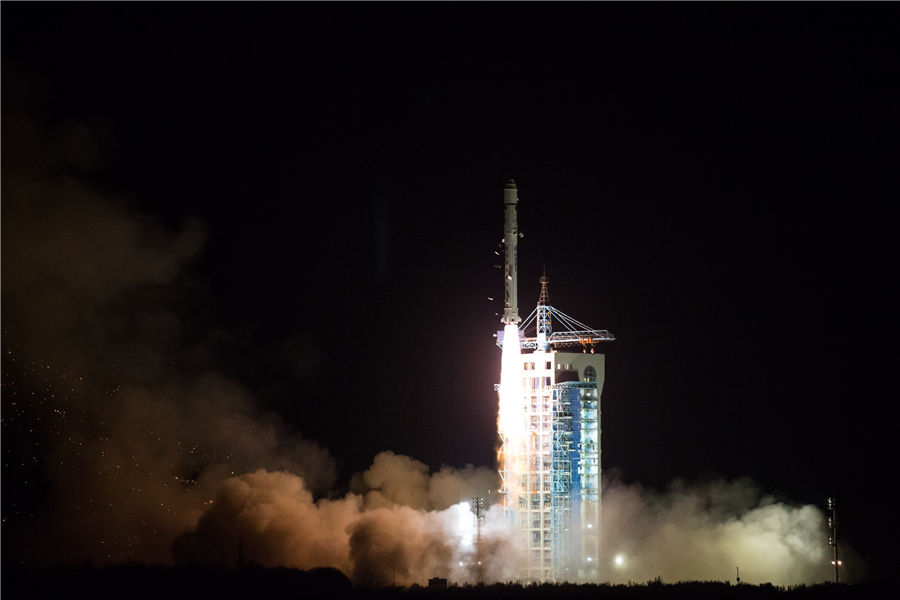China launches satellite to monitor global carbon emissions
Updated: 2016-12-22 09:12
(Xinhua)
FIRST-HAND DATA
The concentration of CO2 in the atmosphere has increased from 280 ppm to 400 ppm over the past 150 years, leading to an increase in average global temperatures of about 0.7 degrees Celsius over the last century, according to Lu Naimeng, TanSat chief scientist.
The new satellite will enable China to obtain emissions data first-hand and share it with researchers worldwide, Yin said.
The Paris Agreement on climate change came into force on Nov. 4, with more than 100 countries committed to reducing their carbon emissions. The satellite can trace the sources of greenhouse gases and help evaluate whether countries are fulfilling their commitments. TanSat means a louder voice for China on climate change, carbon reduction and in negotiations with a bigger say on carbon trading.
Research on the CO2 flow will improve understanding of the carbon cycle, generate more accurate and reliable predictions of climate change.
China's CO2 emissions are to peak around 2030, with emissions per unit of GDP cut by 60 percent of 2005 levels by the same date.
A national carbon trading market will open next year.
